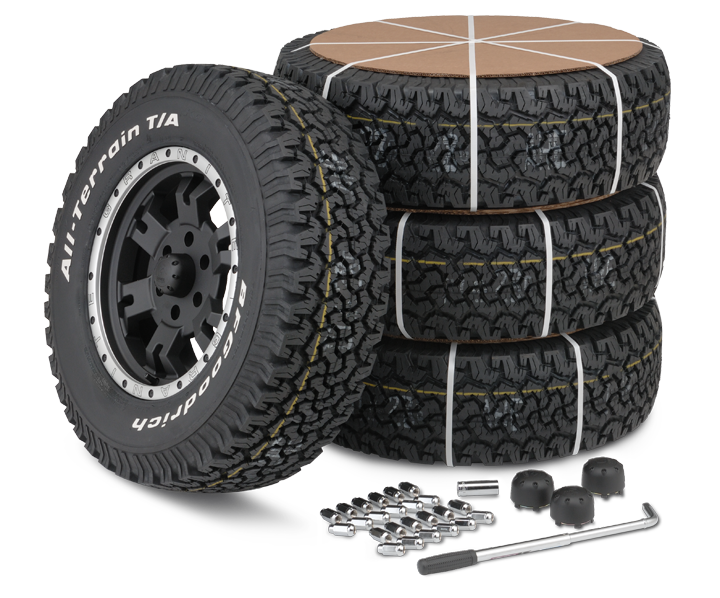Tire Solution: The Effect of Weather Condition Conditions
When it pertains to guaranteeing optimal performance and safety and security when traveling, understanding the impact of climate problems on tire service is crucial. From scorching warmth to icy roadways, each weather component can dramatically influence tire functionality and total driving experience. By delving right into the impacts of differing weather on tires, vehicle drivers can get important understandings that may boost their automobile's efficiency and longevity. In this discussion, we will check out the elaborate partnership between climate condition and tire solution, clarifying the importance of weather-specific tire maintenance techniques and considerations.
Warm and Tire Efficiency
When exposed to high temperatures, tires experience adjustments in efficiency that can considerably affect lorry safety and handling. The warm produced from long term driving or hot weather conditions triggers the tire rubber to soften, bring about reduced walk life and boosted wear. As the rubber comes to be softer, the tire's grip when driving reduces, influencing stopping ranges and overall traction. In extreme cases, extreme warm can also trigger tire blowouts, posturing an extreme safety and security risk to the vehicle and its residents.
In addition, high temperatures can accelerate the procedure of tire aging, causing the rubber to wear away a lot more quickly. To minimize the effects of warmth on tire performance, vehicle drivers must routinely examine their tire pressure, revolve tires to guarantee also wear, and evaluate for any indicators of damage.
Winter Impacts
Cold climate problems can have a significant impact on tire performance and security. In cool weather, tires may also lose air pressure a lot more swiftly, which can influence handling and fuel efficiency.
To reduce the impacts of cold weather on tires, it is essential to on a regular basis examine tire stress and inflate them to the manufacturer's recommended levels. Using winter or all-season tires designed for cold weather conditions can also improve traction and grip on icy or snowy roads - tire shop morris. Proper tire upkeep, consisting of normal assessments for wear and damages, ends up being even much more crucial during colder months to make certain optimum efficiency and safety
Rainy Conditions Influence
During stormy conditions, tire performance and security can be significantly influenced by the damp roadway surfaces and decreased presence. The tread pattern of tires plays an important role in preserving grip on damp roadways. Tires with damaged treads are a lot more vulnerable to hydroplaning, where a layer of water develops in between the tire and the roadway surface, causing loss of grip. To battle this, chauffeurs must regularly evaluate their tires for adequate walk depth and think about spending in tires especially designed for wet conditions.

Snow and Tire Safety
Snow-covered roadways present special difficulties for drivers, stressing the relevance of proper tire choice and upkeep. When driving in snowy problems, having the ideal tires can make a considerable difference in safety and security and efficiency. Winter season tires are designed with unique rubber compounds and tread patterns to give much better traction on snow and ice contrasted to all-season tires. The deeper footsteps and sipes of winter season tires aid hold the road much better, decreasing the threat of moving and sliding.
In enhancement to making use of wintertime tires, it is essential to guarantee they are properly pumped up. Winter can trigger tire stress to drop, influencing grip and handling (mopar tire service specials). Consistently checking and preserving the proper tire pressure is necessary for optimum performance in snowy conditions

Weather-Related Tire Upkeep
When confronted with different weather condition conditions, correct tire upkeep ends up being an important aspect of vehicle safety and security and performance. Weather-related tire maintenance incorporates a series of methods aimed at ensuring optimum tire read function and longevity in various weather circumstances. One crucial aspect of weather-related tire upkeep is tire pressure regulation. Rising and fall temperatures can create tire stress to vary, affecting traction and gas efficiency. Routinely readjusting and inspecting tire stress according to producer referrals is vital for safe driving in altering weather conditions. In addition, tire walk deepness plays a significant duty in managing various weather aspects. Tires with appropriate walk deepness offer far better grip on wet or icy roadways, reducing the danger of hydroplaning or skidding. Examining tire step frequently and changing tires when step wear reaches a specific deepness is vital for preserving grip and security in adverse weather. By prioritizing weather-related tire upkeep, vehicle drivers can boost security, boost automobile performance, and extend the life-span of their tires.
Final Thought
In conclusion, weather see this site condition conditions have a significant influence on tire efficiency and safety (tires morris il). From warm affecting tire stress and wear to cool weather lowering traction, it is essential to take into consideration the weather when keeping and using tires.
In this conversation, we will discover the intricate partnership between weather condition conditions and tire go to these guys service, losing light on the significance of weather-specific tire upkeep methods and factors to consider.
